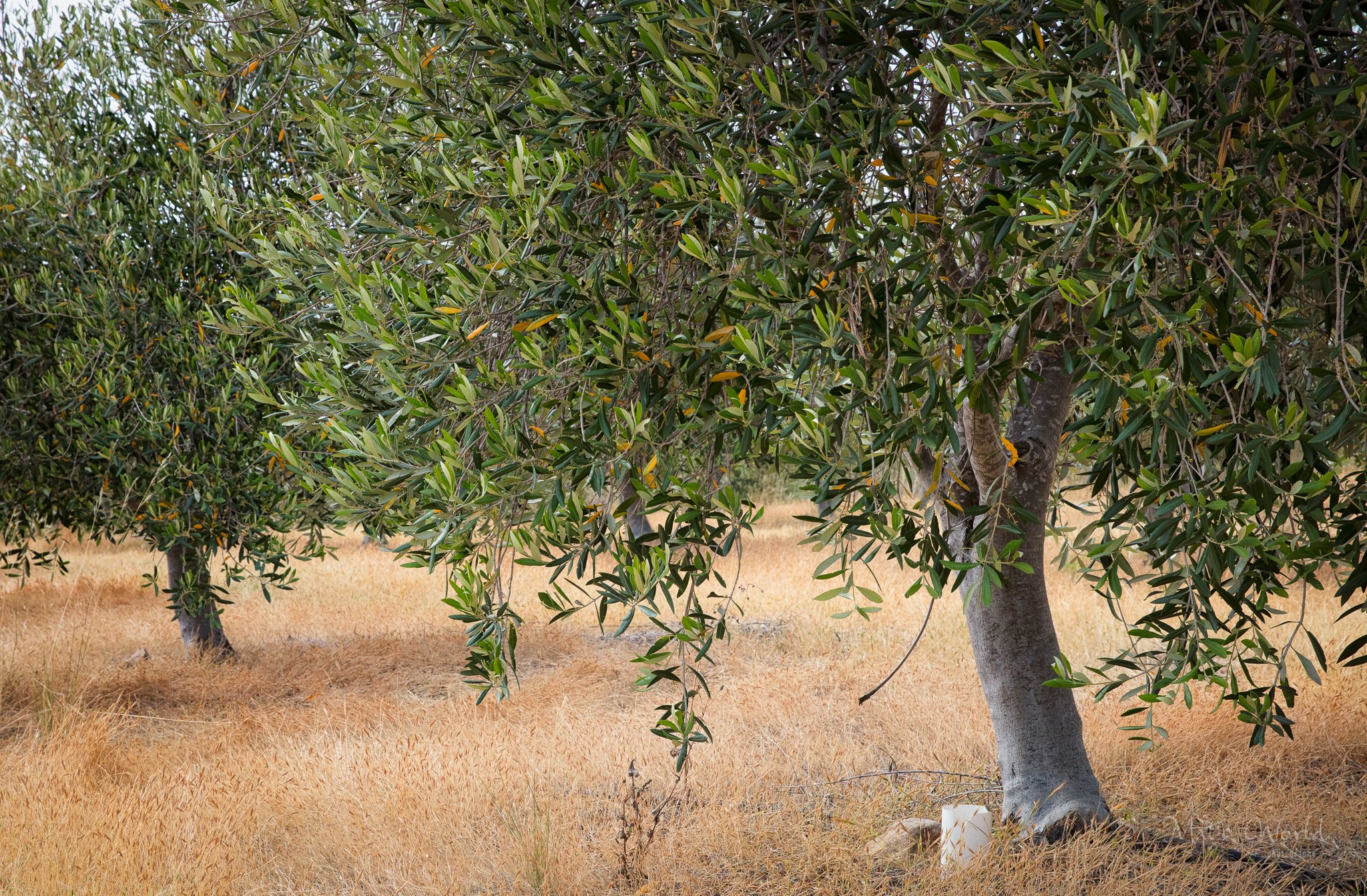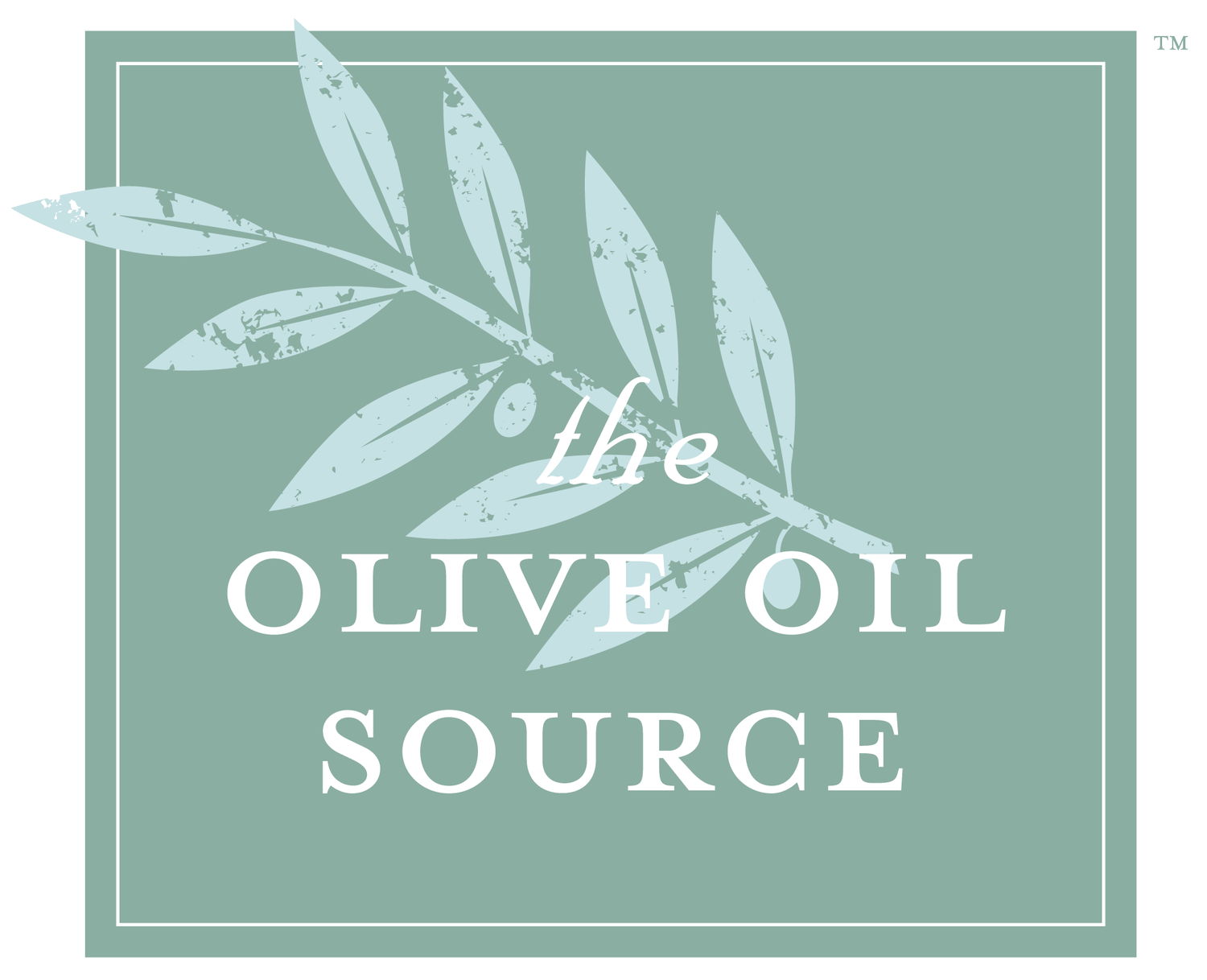
Olive Tree Selection
We get a lot of questions regarding which varieties to plant. While it is impossible to cover all the decision factors on one page, we hope that the few pointers below will help get you started.
PURPOSE
The first thing to think about is why you want to plant olive trees.
Decorative/Landscape: Do you want decorative trees? Do you like a particular shape or size? Do you want the benefit of foliage without the fruit? Olive trees can provide a beautiful focal point of a garden or be integrated into a broader Mediterranean landscape.
Pollen Concerns: Are you in an area where planting olive trees is prohibited because of pollen concerns? Consider non-fruiting Swan Hill Olive®, which is sometimes allowed in these areas.
Olive Production: Do you want to cure your own olives, make olive oil, or both? What kind of olive oil do you like? Try tasting a lot of different oils and find your favorite. You can call the producer and ask which varieties were used to make that blend -- most producers are very open and helpful -- or an olive oil expert, who may be able to give you some information about its characteristics. You can also try to find single variety oils to taste the individual varieties. Are you starting a commercial operation? Who will be your clientele? What will be their taste profile? Are you going to try to sell your olives or bulk oil? Try to find out what bulk buyers or local blenders are looking for. The more specific you can be in your goals, the easier it will be to pick the right mix of olive trees.
Our best recommendation is to talk to your local farm advisor, to an olive tree nursery, to some local growers, or to a consultant. Better yet, take the time to talk to all of the above. This is an important decision and you want to accumulate as much information as possible before making a commitment.
SIZE
Depending on your purpose, you may want to buy anything from tree liners if you are starting a large orchard, to full grown trees for decorative purposes in your garden. Keep in mind that there is an important premium to pay for larger trees. Trees will grow much faster in the ground than in a container, so after a couple of years, a tree planted from a liner will have caught up to one planted from a 5-gallon container. There is a higher survival rate with larger trees, however.
If you want a very small tree in bush form for decorative purposes, consider Little Ollies. This dwarf, non-fruiting olive cultivar grows slowly and reaches 4 to 6 feet high and wide.
POLLINATION
Olive pollination occurs by self-pollination or by cross-pollination. The former requires no agent, though bees or wind may serve as agents. Cross-pollination between trees requires wind.
The majority of olive cultivars are self-fertile and therefore do not need cross-pollination by other cultivars. However, a number of sources recommend pollinators such as Pendolino, Maurino, and Leccino to increase the yields of certain cultivars. In general, most researchers are now recommending that growers plant at least three olive varieties in close proximity in their groves to ensure some cross-pollination.
Be sure to talk to your nursery advisor and see our Orchard Set-Up section.
COMMON CHOICES
Here is a list of the most common variety choices for traditional high-density orchards.
Arbequina is an oil variety from northern Spain. The fruit is small. Its oil is quite aromatic and fruity with very little pungency or bitterness. It has a short shelf life of about one year.
Ascolano is a traditional California variety, mainly used for table olives. The fruit is large. It is the most cold hardy of all table varieties in California. The oil is very aromatic but the yield is very low.
Frantoio is an Italian oil variety often used as one of the main ingredients in gourmet olive oil production. The yield is quite high and the flavor is strong, with some pungency.
Leccino is another very common Italian variety used in gourmet olive oil blends. Its flavor is also strong. The yield is high. It ripens a little earlier than other varieties.
Manzanillo is the main variety used for the black "California-style” olive. The fruit matures early and has a medium oil content. The oil is mild. The trees are susceptible to cold injury, peacock spot, and olive knot.
Maurino is another Italian variety used in olive oil blends. The oil is very flavorful and spicy.
Mission is a traditional California dual-purpose (table and oil) variety. The fruit is medium-sized and matures late. The oil content is high. The oil flavor varies from very bitter to quite mild depending on the maturity at harvest. Trees are very cold tolerant and grow quite tall.
Pendolino is an Italian variety often used as a pollinizer.
Sevillano is a California variety with a very large fruit and is generally used as a table olive. It has several minor problems. The oil yield is very low although the oil is very sought after, with a mild but very fruity flavor.
SUPER HIGH DENSITY ORCHARDS
Three varieties are traditionally used for oil production in super high density orchards: Arbequina, Arbosano and Koroneiki. According to the leading California expert, Paul Vossen, they are well adapted for planting and growing in a super high density, vineyard-like format, trained on trellises.
The Arbequina variety has been the most widely planted variety in Spain for several years in super high density systems. As noted above, its oil is aromatic and fruity, but the shelf life is short.
The Arbosana variety has fruit that looks very much like Arbequina fruit, and the tree originates from the same region, but it matures about three weeks later and the foliage is slightly different in color. Overall, it is about 25% less vigorous than Arbequina, but re-growth from pruning cuts is more vigorous. The oil from Arbosana is more pungent and bitter than Arbequina; it is also quite fruity and pleasant. Since this variety is relatively new, there is a lack of historical data on quality and performance.
The Koroneiki is the primary oil variety of Greece with well-recognized quality characteristics, very heavy fruit set, but very small fruit. Koroneiki oil is generally quite green in color, very fruity with an emphasis on herbal-green fruitiness, and it has medium bitterness and pungency. It has a long shelf life of two or more years. From an economical point of view, it really can only be considered for planting if picked with some type of mechanical harvester.
SOURCES
Paul M. Vossen and Deborah Silver: Growing Temperate Tree Fruit and Nut Crops in the Home Garden and Landscape.
G. Steven Sibbett and Louise Ferguson: Olive Production Manual, University of California.
Paul Vossen: The Potential for Super-High-Density Olive Oil Orchards in California.
Paul Vossen: Variety and Maturity - The Two Largest Influences on Olive Oil Quality.
